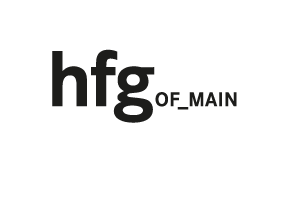Scholarship on SVOD platforms and their implication on media industry cultures have primarily focused on US-based services (particularly Netflix), English language markets, and Western countries. In this presentation, I turn my attention towards the Indian context. In 2020, with 500 million viewers, 40 SVOD providers and counting, India is the second biggest market in the world after the US and is expected to grow tenfold in the next decade. The growth is expected to be driven by commissioning, acquisitioning, and consumption of vernacular languages content. Using a media industry approach, I flesh out the infrastructural dynamics of media in India and how it impacts the functioning of SVOD platforms in the country. Putting the evolution of these streamers along the broader evolution of film and television in the country I map the country’s structuring pre-streaming conditions and the services that have launched, gained traction, and their implications for the broader video ecosystem. This would be done by delineating the broadband and cable infrastructure, the practice of censorship, and storytelling practices and how they gesture towards changing developments in industry operations, content, and audiences. Thus, by looking at lesser known national experiences (in terms of scholarship), the presentation seeks to add complexity to existing thinking currently dominated by major US-based services written by scholar experts in those contexts.
Ishita Tiwary is Assistant Professor and Canada Research Chair in Media and Migration at the Mel Hoppenheim School of Cinema, Concordia University, Montreal. Her research interests include video cultures, media industries infrastructures, migration, contraband media practices, and media aesthetics. She has published essays in Bioscope: South Asian Screen Studies, JumpCut, Post Script: Essays in Film and Humanities, Culture Machine, MARG: Journal of Indian Art, and in edited collections on topics of media piracy, video histories, and streaming platforms.








